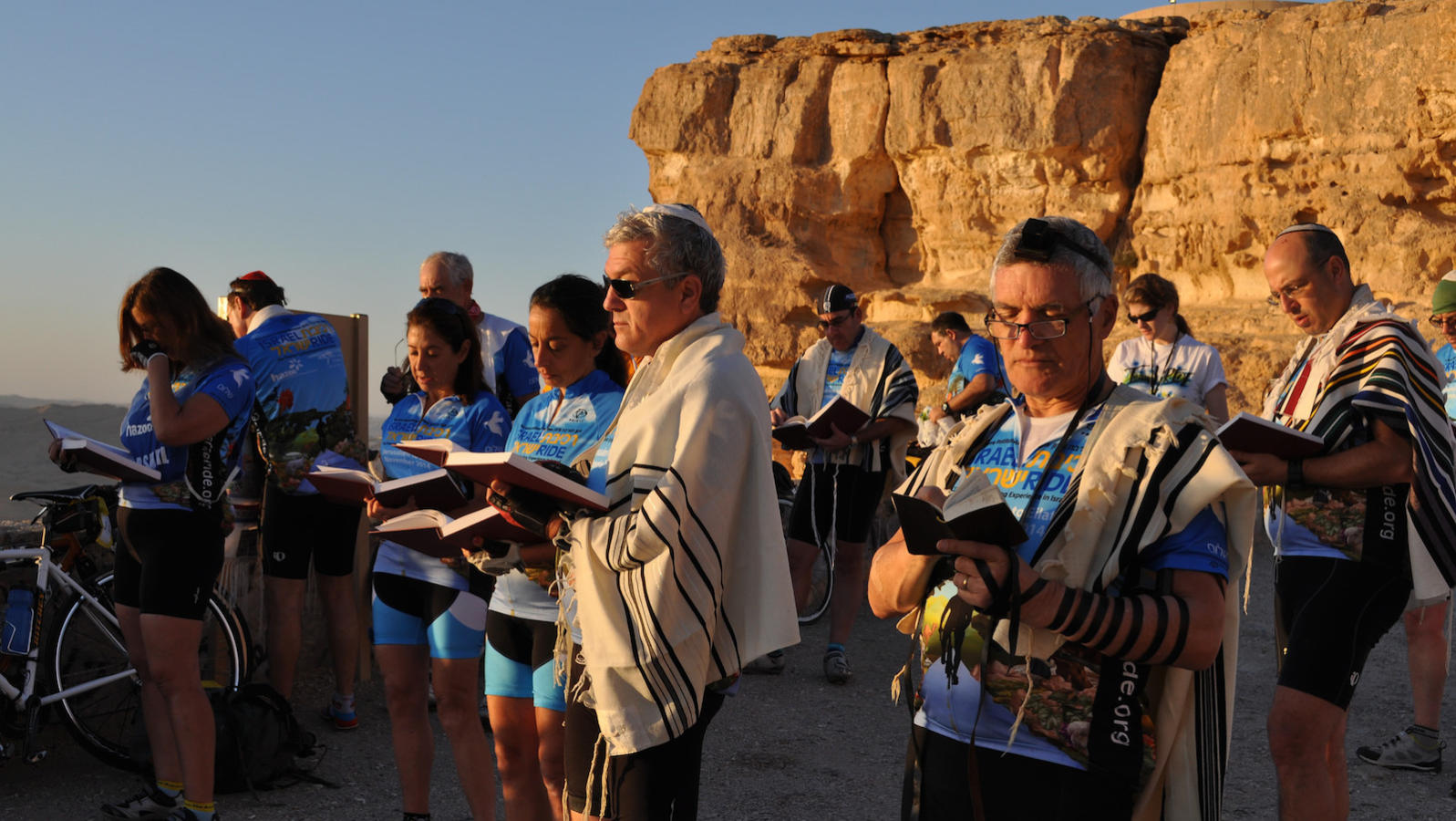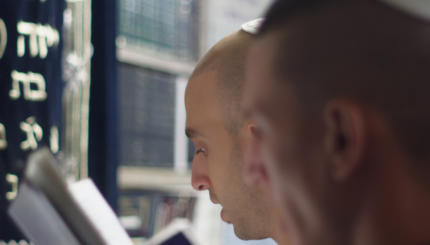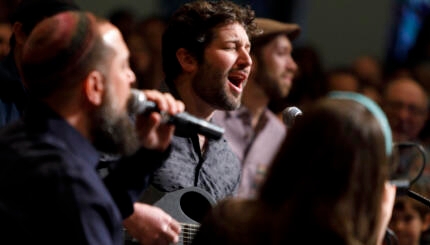While standing and bowing are halachically (according to Jewish law) mandated at various parts of the service, other movements can demonstrate one’s passion for worship. In Hasidic and neo-Hasidic communities, ecstatic dancing and clapping can be part of a prayer service. A more common movement of this nature is swaying, often known by the Yiddish term shuckling. The practice has become natural for many Jews who engage in regular prayer.
According to the Kuzari, the 12th-century philosophical work by Rabbi Yehudah Halevi, swaying was a practical custom when people frequently prayed out of a single book, and moved up and down to make room for the many others who wanted to use that book.
The Zohar offers a more spiritual explanation for swaying: “When a Jew utters one word of Torah, the light [in his soul] is kindled…and he sways to and fro like the flame of a candle” (Zohar to Numbers, 218b-219a).
A potentially simpler reason is provided by the Arukh Ha-Shulhan, written by Rabbi Yehiel Michel Epstein in the 19th century. He asserts that many sway during prayer because it improves their kavannah (spiritual intensity) and helps engage the individual in conversation with God
Hasidic
Pronounced: khah-SID-ik, Origin: Hebrew, a stream within ultra-Orthodox Judaism that grew out of an 18th-century mystical revival movement.
Torah
Pronunced: TORE-uh, Origin: Hebrew, the Five Books of Moses.
Zohar
Pronounced: ZOE-har, Origin: Aramaic, a Torah commentary and foundational text of Jewish mysticism.



